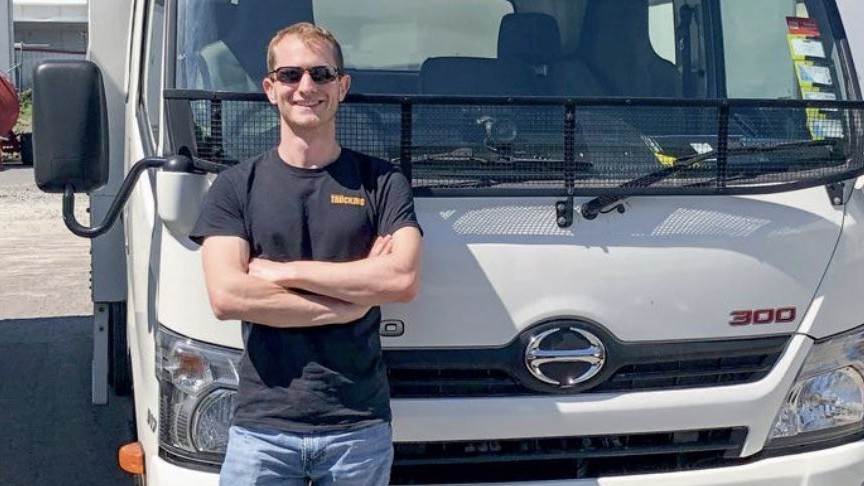
It’s always a positive when someone raises alternate views and a discussion ensues.
I received some great feedback on my EDM editorial of 9 July (Minding your bees and butterflies). One reader, in particular, raised some good points. While we disagreed on some issues, we also agreed on a few – one of which is that the case for maintaining and upgrading residential streets and the nation’s highways shouldn’t be an ‘either/or’ question. Both should be engineered and maintained for their specific purpose – though I still maintain that given the state of the national highway network, priorities need to shift and a balance must be reached.
I’m led to believe that the ‘specific purpose’ of a residential street is fast changing. Through traffic is becoming streng verboten, and we should all aspire to have safe, pedestrian-friendly suburban streets. Defining what exactly constitutes ‘safe, pedestrian-friendly suburban streets’ is a can of worms (and for another day), but I agree that peak-time through traffic is more than a passing nuisance – living among some relatively busy suburban streets as I do.
My reasoning? The more we can do to help peak-time traffic move freely on the main roads, the less time people will spend in bumper-to-bumper traffic (reducing fuel consumption and emissions, I might add), and the less they’ll be compelled to try to skirt the backlogs through the suburbs en masse. That’s effectively killing two birds with one stone and, to my mind, logical.
Apparently not. In June, Nicole Rosie, NZTA’s chief executive, told a parliamentary select committee that the agency is actively slowing traffic through queues rather than “traditional speed signs and other things”. The following day, Newstalk ZB’s Heather du Plessis-Allan spoke to Greater Auckland director Matt Lowrie about the revelation. (I only came across the interview last week.)
Lowrie’s argument was that making it easier for people to get around encourages them to do so, increasing the number of vehicles on the road, emissions and so on. By making travel more difficult, it encourages people to seek alternatives.
I sat shaking my head as Lowrie stumbled his way through the interview. Give it a listen; you’ll either chuckle at the blasé disregard for lost productivity or start weeping in despair. At least he acknowledged freight movement is affected. (But why worry about that when rail’s in the wings? I digress.)
What Rosie, Lowrie and their ilk don’t seem to realise is that humans are creatures of comfort. Motorists who have the choice won’t be moved out of their vehicles if the alternative is less convenient, less comfortable, and less appealing overall. If they need to cover 20km after a hard day’s work, with their laptop bag, perhaps some groceries and possibly a couple of restless kids in tow, the bus, bicycle, and metro rail are going to lose to the car.
And so, until real alternatives to lessening traffic are seriously promoted – such as incentives, flexitime or working from home, even carpooling where possible – we can probably expect suburban streets to get busier with peak-time traffic, not more serene and pedestrian-friendly.
And now we know who to thank for it.
Take care out there,
Gavin Myers
Assistant editor
Read more
For the kids
1 Comment7 Minutes
For the good of … who?
1 Comment4 Minutes
Keeping it real
0 Comments3 Minutes



